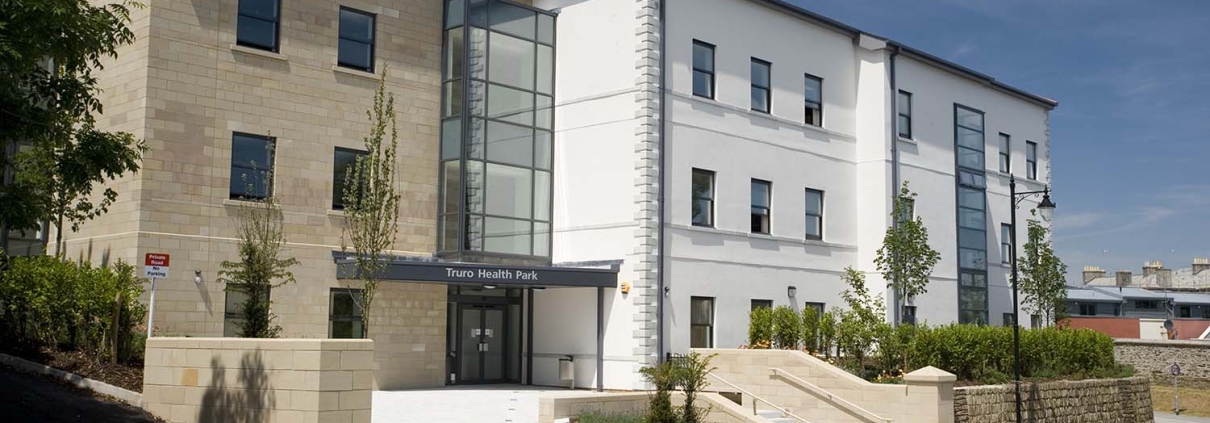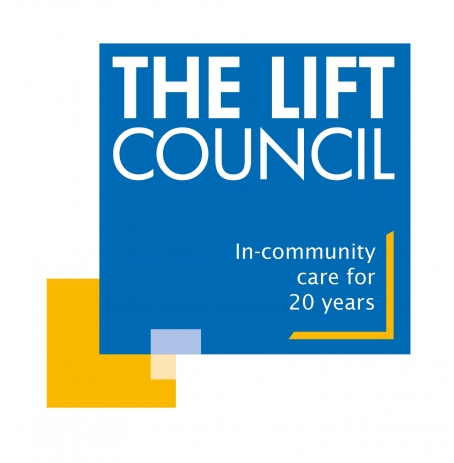20 years on and LIFT continues to demonstrate its flexibility
Last year Community 1st celebrated 20 years of working in partnership with the local NHS in two of our LIFT areas, Cornwall and Oldham, and we celebrate the same milestone this year for Sheffield.
The Community 1st team is largely the team that was in place when the three separate LIFT companies were established. These teams include our strategic and operational planners, our design team and our multi-skilled building service engineers, project managers and capital works and construction team members.
When these milestones come around it provides a clear reminder to our teams of the positive impact that their incredible hard work in developing and maintaining the Community1st LIFT estate has had and continues to have on the delivery of health services to the local communities that they serve.
The benefits of the wider LIFT estate were further highlighted in the recent PWC report commissioned to understand the relative costs and benefits against the wider NHS portfolio and commercial alternatives. This report can be found here.
In the most recent DHSE publication ‘Reforming elective care for patients’ which sets out the aspirations for transforming care ahead of the 10-year Health Plan, it’s important that we continue to recognize the valuable opportunities that the existing LIFT estate can deliver.
As our NHS partners continue with the challenges of the growing backlog maintenance bill, and an estate that will clearly not support the aims and aspirations for improving access to services, we should look further at the capabilities that already exist in the LIFT estate.
Each Community 1st LIFT Facility was developed and located in areas with a higher than the UK average for deprivation, and health need. They are inherently flexible in design, meeting all HTM and HBN standards, and maintained through a robust Lifecycle plan, providing long-term access to fit for purpose accommodation and cost certainty for tenants. This ensures that the LIFT estate can respond to changes in service demand for many years whilst avoiding adding to the growing backlog maintenance issue on the wider NHS estate.
The recent recognition and categorization of each of our LIFT facilities as Core estate, required for the continued delivery and expansion of primary and Community Care services demonstrates that the estate is vital in achieving a shift to providing greater access and choice to patients in their local community.
With our continued work to support NHS Partners in their long-term strategic and operational service planning, we have demonstrated opportunities for greater and expanded service delivery in every LIFT area. Our in-house team who intrinsically know these facilities can demonstrate the capacity that already exists within these facilities. Working with NHS service delivery teams we can provide options for accommodation layouts, requiring minimal adaptations to support additional and enhanced service delivery.
These options include the use of space that is currently underutilized to support strategic planning discussions with Integrated Care Boards and the head tenant. Or options for the utilisation of expansion space designed in originally and that sits outside of the head tenant demise and available for fit out according to the service providers requirements, along with flexible lease arrangements.
Greater utilisation of the existing LIFT Portfolio can act as the catalyst for long term change to service delivery, the capability to offer enhanced services such as diagnostics and point of care testing in local communities, in facilities that already exist, capable and are fit for purpose, and will remain as such for many years.
We need to see the LIFT estate do exactly what it was designed to do, evolve.
Health Development Director





